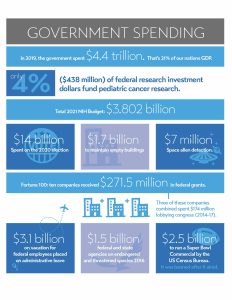Cancer in children and adolescents is considered rare. Despite its “rare” status, cancer is the leading cause of death by disease in children in the United States.
NUMBER ONE.
So, while it may be rare, it is rarely insignificant and always heartbreaking.
How heartbreaking?
 Each day 43 children are diagnosed with cancer. 15,590 every year.
Each day 43 children are diagnosed with cancer. 15,590 every year.
- 6 is the average age of diagnosis (age 67 in adults).
- 1 in 5 kids will not survive their cancer battle.
- 84% of children with cancer in the U.S. are alive at least five years after diagnosis; however, this does not mean they are cured or free from long-term side effects.
- 2 of every 3 kids who are cured often suffer long-term side effects from their cancer treatments.
- Childhood cancer survivors are twice as likely to suffer chronic health conditions later in life than those without a history of cancer.
Not all numbers are bad.
- There are approximately 450,000 survivors of childhood cancer in the U.S.
- The odds of your child developing cancer is approximately 1 in 330.
- Today, about 90% of kids with the most common cancer – Leukemia – will survive.
Funding Numbers
The National Institutes of Health (NIH) has an annual budget of more than $42 billion. Forty-two billion! NIH-funded research has led to breakthroughs and new treatments, helping people live longer, healthier lives.
Unless, apparently, that life belongs to a child with cancer. Of that whopping sum of $42 billion, only $1.7 billion – 4% – goes to childhood cancer research.
And while adult cancer receives as much as 60% of its funding from pharmaceutical companies, kids’ cancer research receives next to nothing from these companies.
Why? Because pharmaceutical companies make many decisions based on profit, on numbers, and the number of childhood cancer cases is relatively small compared to adult cases, so the profit is lower…or nonexistent.
The bigger question is: why doesn’t the government invest more in childhood cancer research and treatments?
Childhood cancers include:
Leukemia (accounts for 28% of all childhood cancers)
Brain and spinal cord tumors (25% of childhood cancers)
Neuroblastoma
Wilms tumor
Lymphoma
Rhabdomyosarcoma
Retinoblastoma
Bone cancer
Of these, only leukemia has seen significant advances in treatments and success.
Only one.
Brain tumors – the leading cancer of death among kids, have not had one new treatment developed for its treatment and cure. Never.
Not one.
Treatments.
Yes, many treatments have been developed for cancer – adult cancer, that is. But adult and childhood cancer is not the same thing.
– 80% of the time, cancer in kids has already spread by the time of diagnosis.
So, what happens? We treat kids with cancer with adult treatments, adult drugs. We perform surgery, put them through radiation therapy, and poison their young bodies and minds with chemotherapy.
And while these do help to some degree, these adult treatments cause irreparable damage to young bodies and minds.
More research is needed to continue to improve childhood cancer survival and to decrease the toxicity of treatment.
What can we do?
Currently, more than 200 childhood cancer foundations exist in the U.S. alone. 10’s of 1,000’s of people volunteer to lobby, participate in events, lobby their political leaders – all with a driving desire to help create change. And 1,000’s of dedicated and underfunded researchers are searching for improvements and cures.
We need two additional key partners to care:
– our government and its National Institutes of Health, and
– the pharmaceutical industry.
Until research is appropriately funded, until our government leaders take action, the fight for childhood cancer cures will not run like a gazelle but will continue moving at the pace of a slug.
And that’s not good enough.
The Role of Bridge To A Cure
One problem is a lack of cohesion. While many individual people and parts are involved in working for a cure, there is not enough sharing and working together. Nor is there a system to enable this process. Yet.
Apart or together, the numbers are shocking.
The effort falls short.
The concern by those we need to be concerned does not exist.
That’s where Bridge To A Cure comes in:
- With our creation of a national cancer database, researchers can share with and learn from each other.
- We’re organizing the noise, unifying the elements – the people and the organizations that are working to find cures. We believe that together we can become the squeaky wheel that receives the attention – the funding – it deserves.
Then, success will be just around the corner. And until that happens, We’ve Had Enough!







